Understanding RWE Reinstatement Paperwork: A Complete Guide

Real World Evidence (RWE) studies provide insights into how health interventions perform in everyday practice, outside the controlled environments of randomized clinical trials. Reinstatement paperwork for RWE projects is a critical step that ensures compliance with regulatory standards and ethical guidelines. This guide will help you navigate through the process with ease and precision.
What is RWE Reinstatement Paperwork?
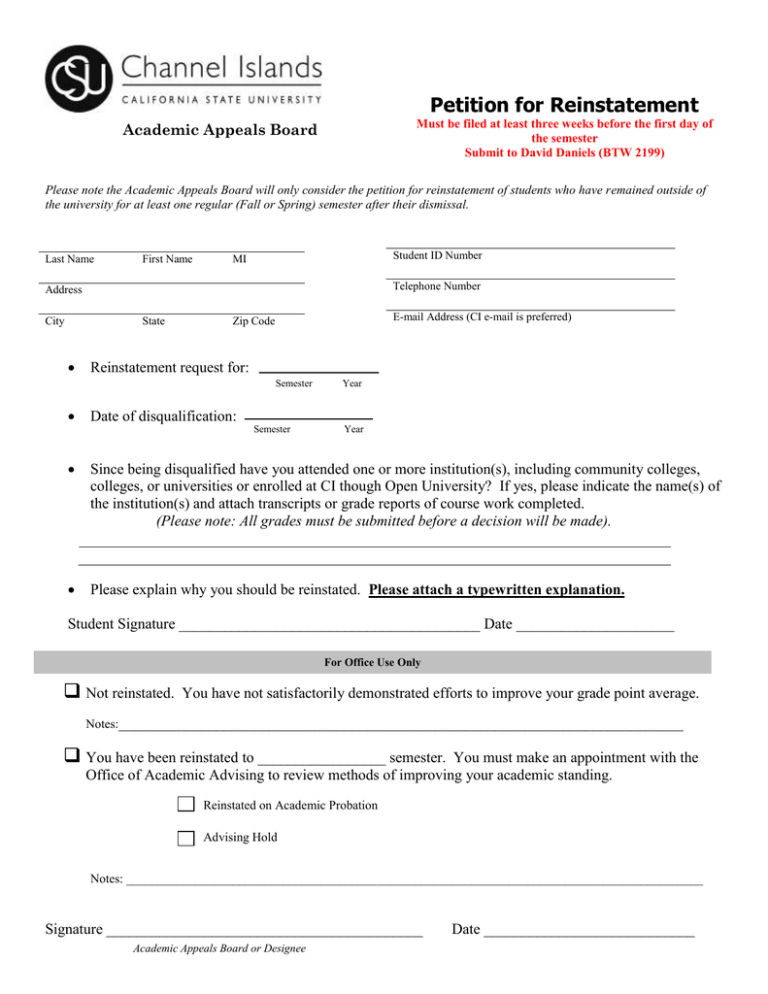
RWE reinstatement paperwork refers to the documentation required when reactivating or re-initiating a study that has been paused or temporarily halted. This could be due to various reasons like:
- Data Integrity Issues
- Non-compliance with regulations
- Change in study protocols
- Organizational restructuring
Key Documents for RWE Reinstatement
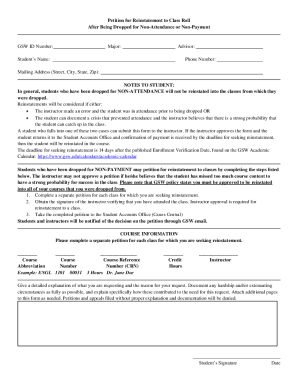
To reinitiate an RWE study, you'll need to gather and submit various documents. Here’s a list of common documents:
- Study Protocol: An updated or revised study protocol, reflecting any changes or improvements.
- Investigator Brochure: Updated information for new or continuing investigators.
- Institutional Review Board (IRB) Approval: Ensure that any changes to the study protocol have been reviewed and approved by an ethics committee.
- Data Management Plan (DMP): Detail how data will be managed, stored, and analyzed post-reinstatement.
- Consent Forms: Revised consent forms that reflect any new risks, benefits, or study procedures.
💡 Note: Be sure to keep all documentation current as regulations can change, and failure to adhere can delay or cancel the reinstatement process.
Steps to Reinstating an RWE Study

Step 1: Review and Update

Start by reviewing all existing documentation. This includes:
- The initial study protocol
- Previous IRB approvals
- All communications related to any issues that caused the study to pause
Update all documents to reflect any new requirements or changes in the study design:
- Revise the study protocol if there are changes in objectives, study population, or methodology.
- Update the data management plan to reflect any new data handling practices or tools.
Step 2: Obtain IRB Approval
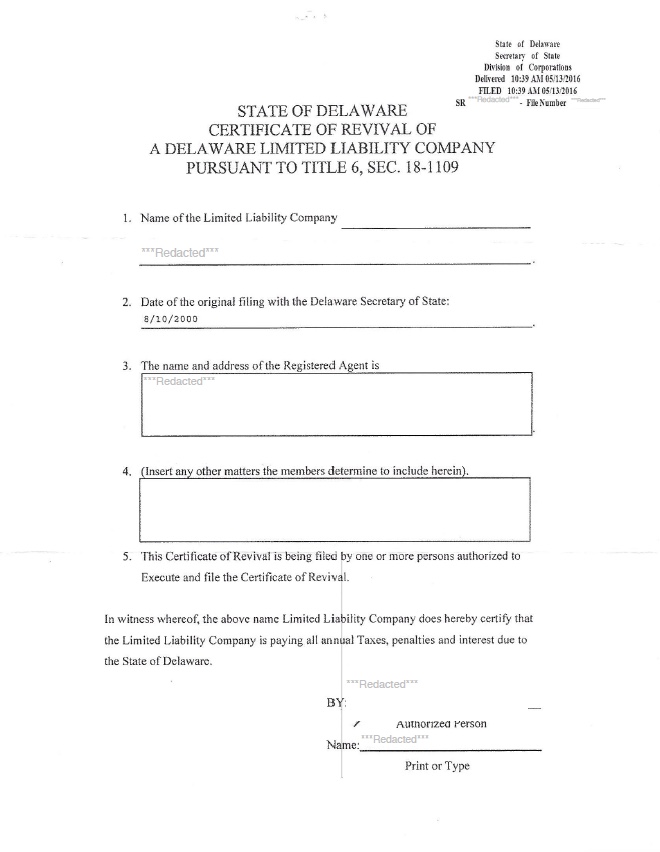
Submit all updated documents to the IRB:
- Explain why the study was paused and what has been done to address those issues.
- Get written approval from the IRB before proceeding further.
Step 3: Site Assessment
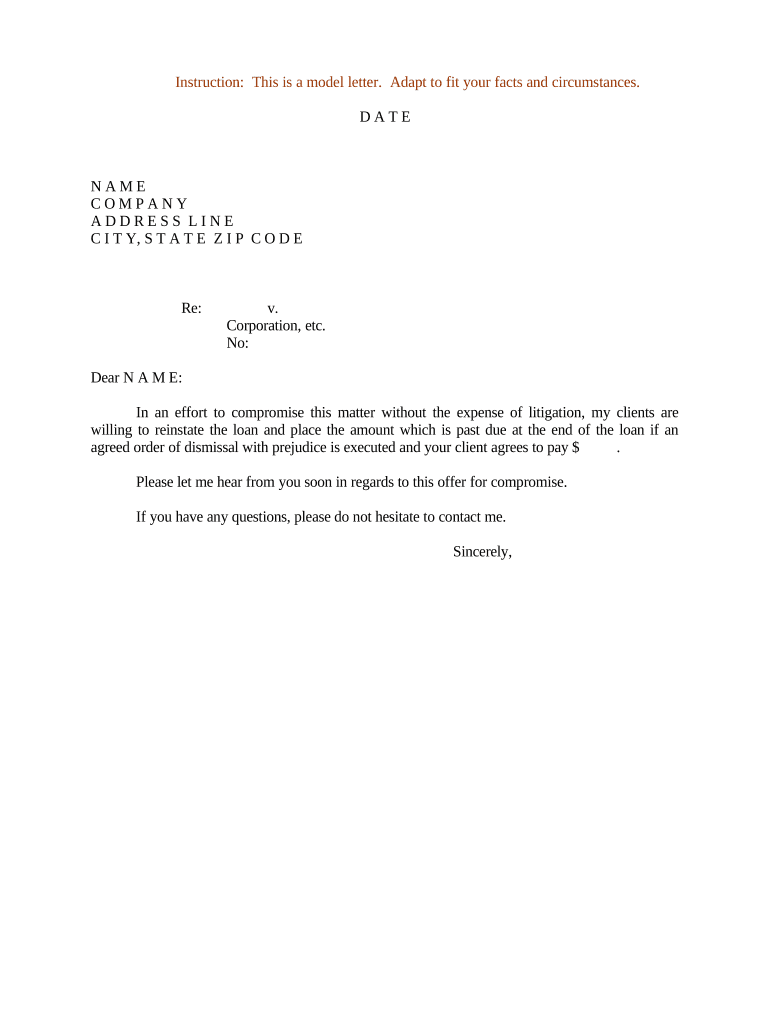
Ensure that all study sites are ready to resume:
- Check for any infrastructural changes or personnel turnover that might affect study continuity.
- Train new staff on the study protocols and data management practices.
Step 4: Re-Engagement

Re-engage with study participants:
- Contact participants to update them on study status and obtain new informed consent if necessary.
- Reconfirm eligibility, especially if there have been changes in study protocols or participant conditions.
Step 5: Data Continuity

Ensure data from before the pause and after the reinstatement are consistent:
- Establish a plan for handling data collected before and after the pause.
- Perform quality checks to ensure data integrity and linkage.
Step 6: Monitor and Report

Continuous monitoring post-reinstatement:
- Regularly review study progress for compliance with all regulations.
- Report any new issues or changes to the IRB promptly.
Reinstating an RWE study isn’t just about filling out paperwork; it’s about ensuring the study's scientific integrity and patient safety are maintained throughout the process. Here are a few essential notes to keep in mind:
📝 Note: Always document any deviations from the original protocol, even if they are minor, to maintain transparency with regulatory bodies.
As we’ve navigated through the steps of RWE reinstatement paperwork, it's clear that the process demands meticulous attention to detail and an unwavering commitment to ethical practices. Each step is designed not only to reinstate the study but to enhance its reliability and credibility in the real world. With updated protocols, re-engagement with participants, and continuous monitoring, you're equipped to move forward, ensuring that your RWE study continues to contribute valuable insights into medical science while maintaining the trust of participants and stakeholders.
What happens if IRB approval is not obtained before reinstating the study?
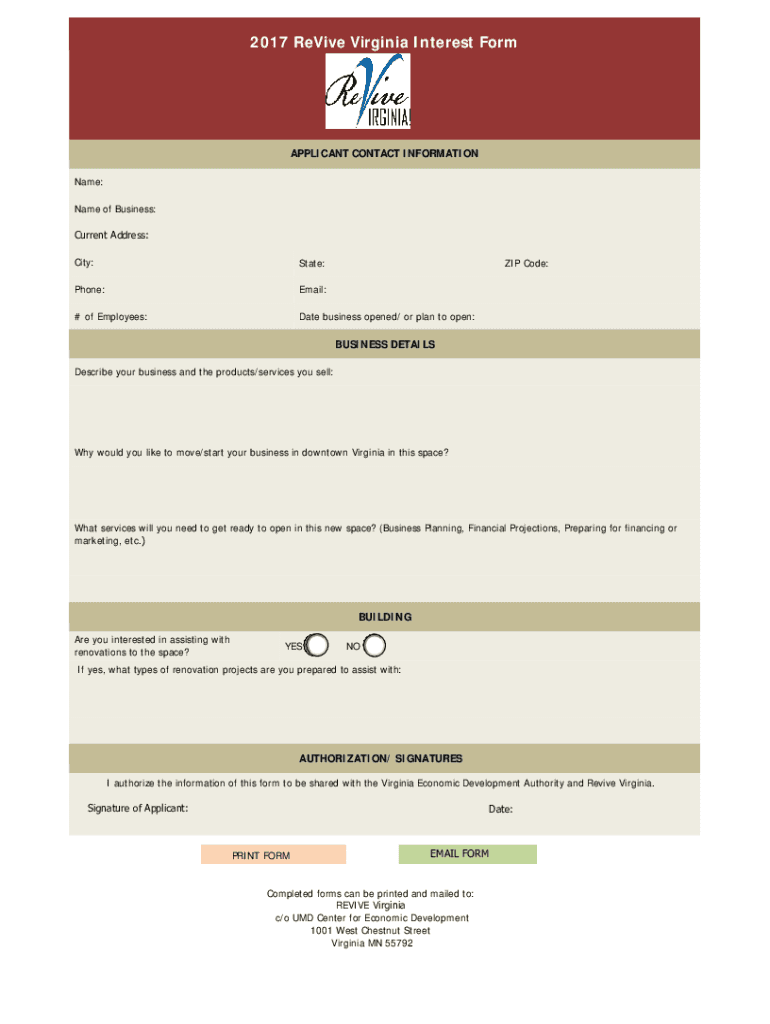
+
Failing to obtain IRB approval before reinstating a study can lead to serious ethical breaches and could result in regulatory sanctions or even study termination. Always ensure approval is in place before resuming activities.
Can a study be reinstated if it was previously halted due to safety concerns?
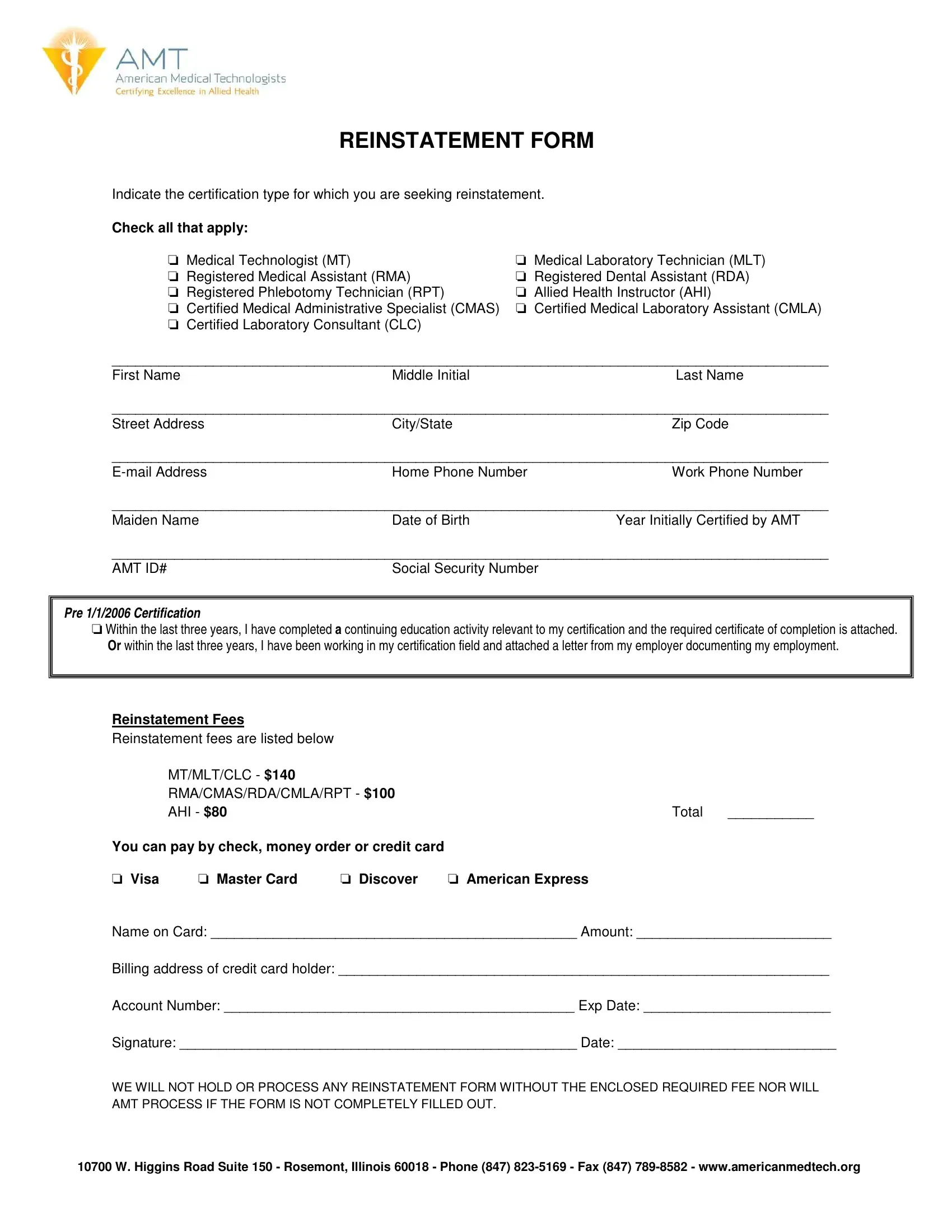
+
Yes, a study can be reinstated if safety concerns are adequately addressed and documented. This includes thorough review and mitigation strategies approved by the IRB and potentially by regulatory bodies.
How long does the reinstatement process typically take?

+
The duration can vary significantly, depending on the complexity of the study, the issues leading to the pause, and how quickly amendments are made and approved. It might take a few weeks to several months.